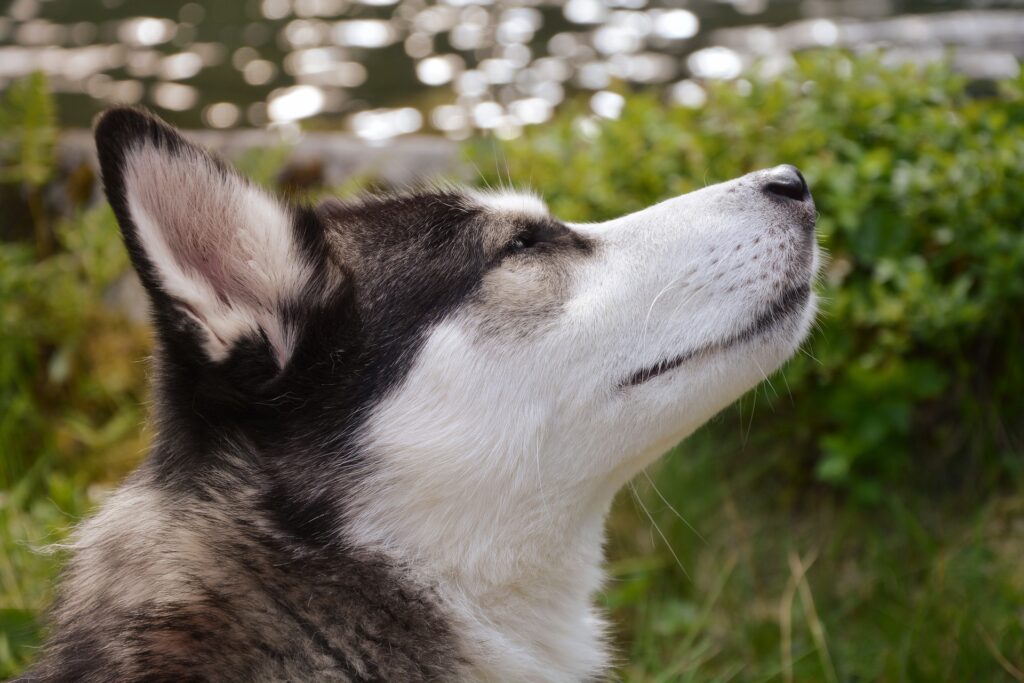New research at the University of Copenhagen (UoC) finds that sled dogs are a much older lineage than previously believed. Their ancestors, the team reports, worked and lived with humans in the Arctic for almost 10 millennia.

Man’s best friend is almost ubiquitous in society today as pets, service, and working animals. We know their origin story in large strokes — dogs evolved from domesticated wolves — but the exact details of this process are still unclear.
The team at the UoC’s Faculty of Health and Medical Sciences, in collaboration with researchers from Greenland and Barcelona, analyzed the genomes of ancient and modern sledge dog species to better determine their history. Such dogs evolved much earlier than assumed, they explain.
Snow doggos
“We have extracted DNA from a 9,500-year-old dog from the Siberian island of Zhokhov, which the dog is named after,” says co-lead author Mikkel Sinding, a Ph.D. student at the Globe Institute in Barcelona.
“Based on that DNA we have sequenced the oldest complete dog genome to date, and the results show an extremely early diversification of dogs into types of sled dogs.”
Modern breeds such as the Siberian Husky, the Alaskan Malamute, and the Greenland sled dog share an important amount of genes with the Zhokhov dog. This suggests the sled dog lineage is at least as old as it and remained quite isolated from other populations of wolves and dogs for the most part.
As part of their study, the team also sequenced the genomes of a 33,000-year-old Siberian wolf and ten modern Greenlandic sled dogs. These were there compared to genetic data from modern dogs and wolves across the globe.
“We can see that the modern sledge dogs have most of their genomes in common with Zhokhov. So, they are more closely related to this ancient dog than to other dogs and wolves,” says Sinding.
“But not just that — we can see traces of crossbreeding with wolves such as the 33,000-year-old Siberian wolf — but not with modern wolves. It further emphasises that the origin of the modern sledge dog goes back much further than we had thought.”
Historical population data also shows that Greenland sled dogs were stable in numbers up to around 850 years ago when they went through a “bottleneck”. This coincides with the Inuits colonizing Greenland, the authors explain. This points to the lineage being isolated in the area before and after humans entered their ecosystem.
While modern sledge dogs share more of the genetic makeup of the Zhokhov dog than other modern breeds, we still don’t know when this split in lineages took place, or why. However, Greenland sledge dogs are the most genetically-remote from other modern dog species.
Some of the genetic differences between these two groups include genetic adaptations for a starch- and sugar-rich diet that the sledge dogs lack. Instead, their genetics favor diets with a lot of fat, similar to that of Arctic natives or polar bears.
“This emphasises that sledge dogs and Arctic people have worked and adapted together for more than 9,500 years. We can also see that they have adaptations that are probably linked to improved oxygen uptake, which makes sense in relation to sledding and give the sledding tradition ancient roots,” concludes Associate Professor Shyam Gopalakrishnan, the other co-lead author.
The paper “Arctic-adapted dogs emerged at the Pleistocene–Holocene transition” has been published in the journal Science.









